Middle East Conflicts Jeopardize Water for Millions
Water is both a weapon and a casualty of violence in Iraq, Lebanon, Syria, and Yemen.
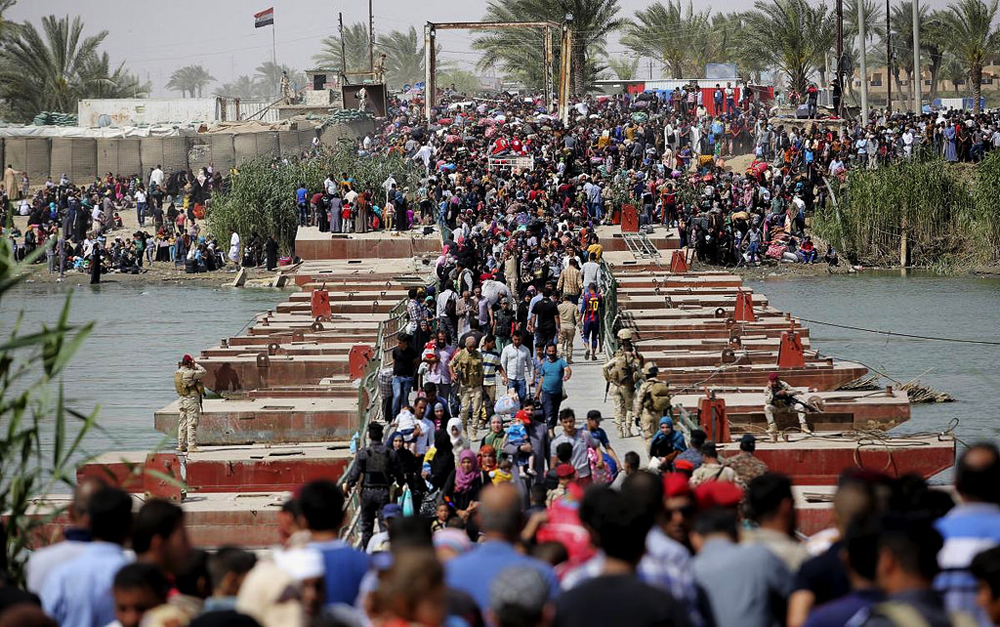
Millions of people across the Middle East face drought, scarce drinking water supplies, and poor sanitation due to civil wars and conflict. Meanwhile, resource constraints and foreign military interventions risk more severe humanitarian disasters.
Last week, Islamic State militants in Iraq shut off water supplies below two dams that they control in order to enable military movement. Communities downstream now face water shortages, Reuters reported. Meanwhile, refugees of the civil wars in Syria and Yemen are struggling to secure clean water supplies. Two-thirds of Yemen’s population – some 16 million people – are without clean drinking water and sanitation due to a simmering conflict between the government and rebels from northern provinces, aid agency Oxfam warned, while water supplies are dwindling at Syrian refugee camps in Lebanon.
The incidents are the latest chapter in water’s long history as a weapon of war. Military forces manipulate water during conflicts to their strategic advantage by controlling dams, disrupting the transportation of emergency aid, and keeping tight control over water supplies. Communities suffer the fallout from displacement and destroyed infrastructure.
The practice is not unique to the Middle East. Rebel forces in Colombia attacked a water treatment plant over the weekend and interrupted supplies for 13,000 people, AFP reported. Additionally, fighting over the past year in eastern Ukraine has severely damaged much of the region’s water infrastructure.
Islamic State Closes Iraq’s Ramadi Dam
The Islamic State has displayed an especially keen willingness to use water to its advantage since it began fighting in Iraq last year. IS militants partially closed the gates of the country’s Ramadi Dam last week, blocking water from flowing down the Euphrates River in Anbar Province. The move could create water shortages for cities and farmers downstream, provincial officials told Reuters.
“The government must act immediately otherwise dire consequences and an environmental catastrophe will be inevitable,” one official said.
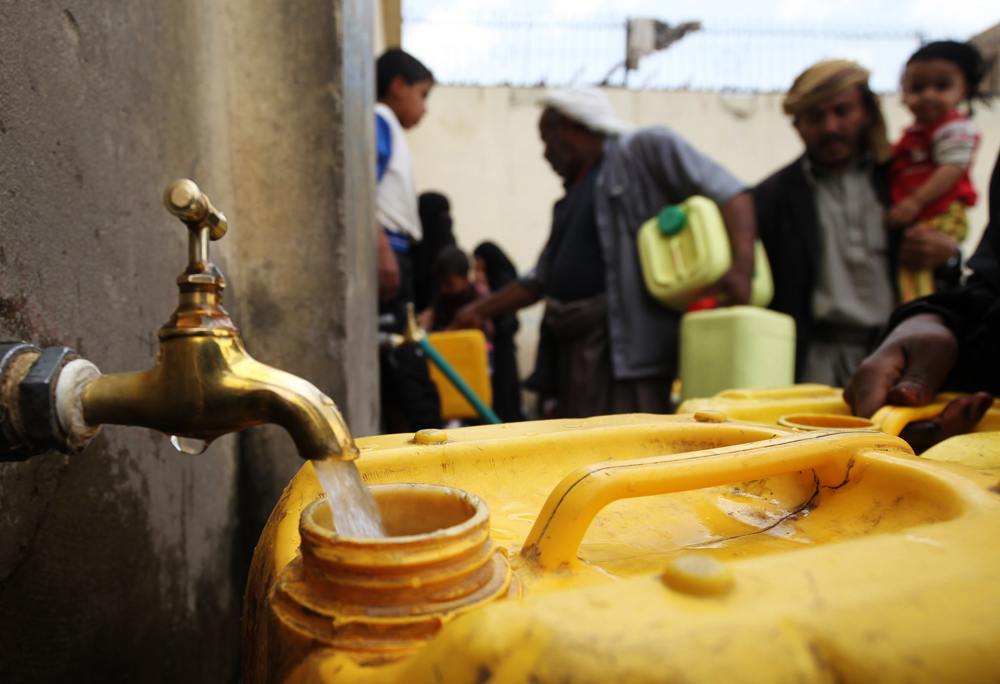
The dam closure also makes government troops near Ramadi more vulnerable to attack from the militants, Reuters reported. Low water levels downstream of the dam allow forces to ford the river in many places, rather than restricting them to a handful of crossing points.
Water Scarcity Raises Health Risks in Yemen
At least 16 million people in Yemen are living without access to clean drinking water and sanitation, according to international aid agency Oxfam. That is up from 13 million before the country’s civil war escalated this spring. In addition, the price of trucked water supplies has nearly tripled.
Airstrikes and ground attacks have destroyed many water systems, while fuel shortages have rendered others useless. The resulting lack of clean water and sewage treatment poses an imminent health risk from diseases including cholera and malaria.
“A serious outbreak of disease is looming if water and sanitation issues are not addressed,” Grace Ommer, country director for Yemen Oxfam, said in a May 26 press release. “Hospitals are struggling to cope without access to fuel, clean water, and medical supplies. They surely can’t handle a surge in disease.”
Moreover, Saudi Arabia’s naval blockade of Yemen’s ports — a blockade that is backed by the United States and the United Kingdom — is choking the flow of food and fuel into Yemen, which relies on imports for many of its supplies. The blockade could lead to a much greater humanitarian disaster in the country, the Guardian reported.
Syrian Refugees Face Water Shortages in Lebanon
As Syria enters its fourth year of civil war, the influx of millions of refugees into neighboring countries continues to strain water supplies. The shortages are particularly acute in Lebanon, where water supplies were already heavily utilized.
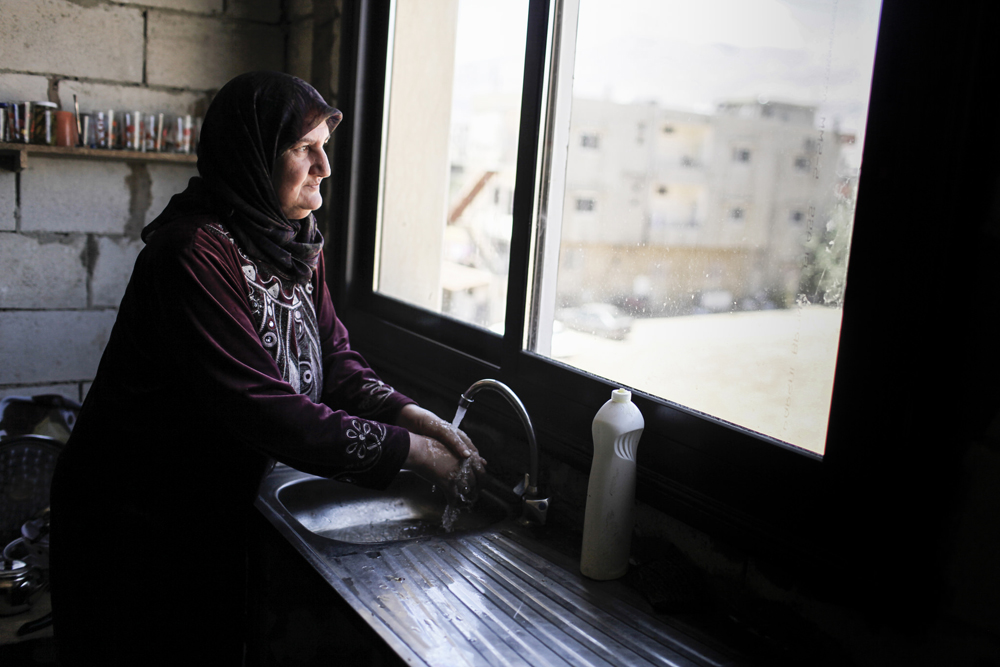
Water quality is so poor at one camp near Beirut that it rusts metal cutlery within an hour, the Guardian reported. One resident of the camp called it “hell water.” In the Bekaa Valley, farmers are in competition with refugee camps for water supplies and fear that wastewater from the camps could contaminate their crops.
Government officials are also struggling to cope with the 1.5 million refugees who now live in Lebanon and have increased the country’s population by 30 percent. Water management is haphazard, and water infrastructure is inadequate, experts working in the region told the Guardian. Camp managers expect the situation to worsen.
A news correspondent for Circle of Blue based out of Hawaii. She writes The Stream, Circle of Blue’s daily digest of international water news trends. Her interests include food security, ecology and the Great Lakes.
Contact Codi Kozacek


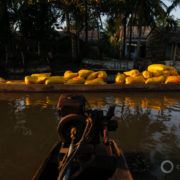
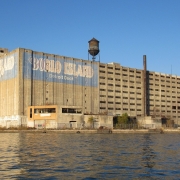
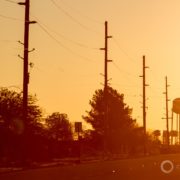
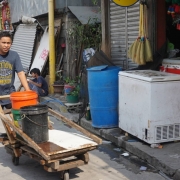
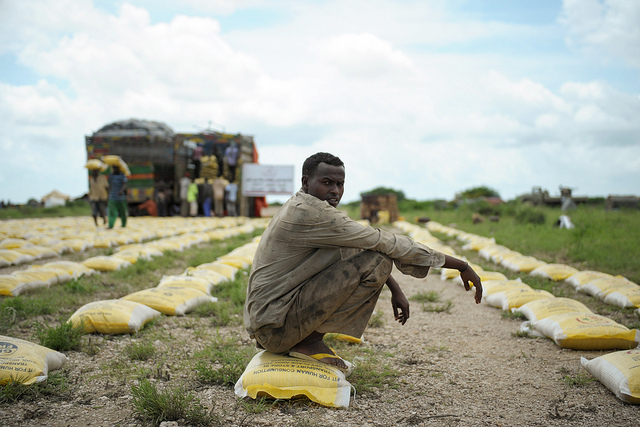


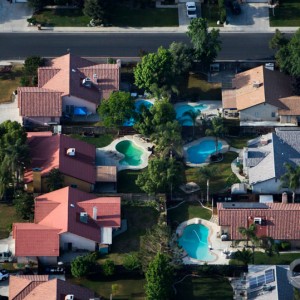

Leave a Reply
Want to join the discussion?Feel free to contribute!